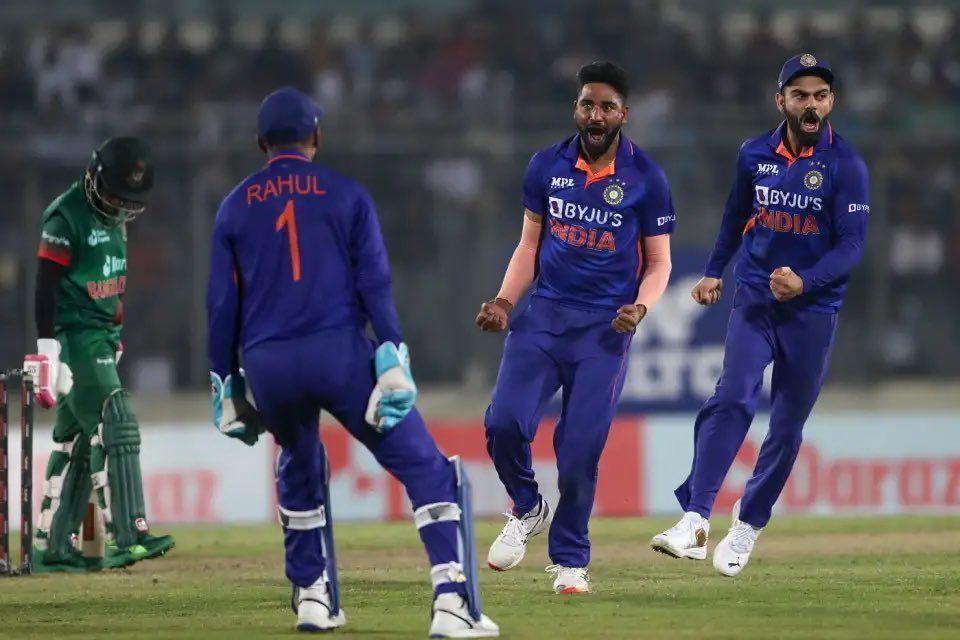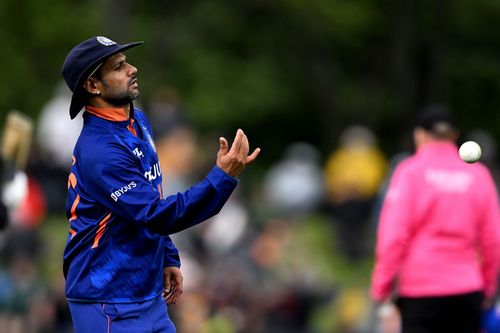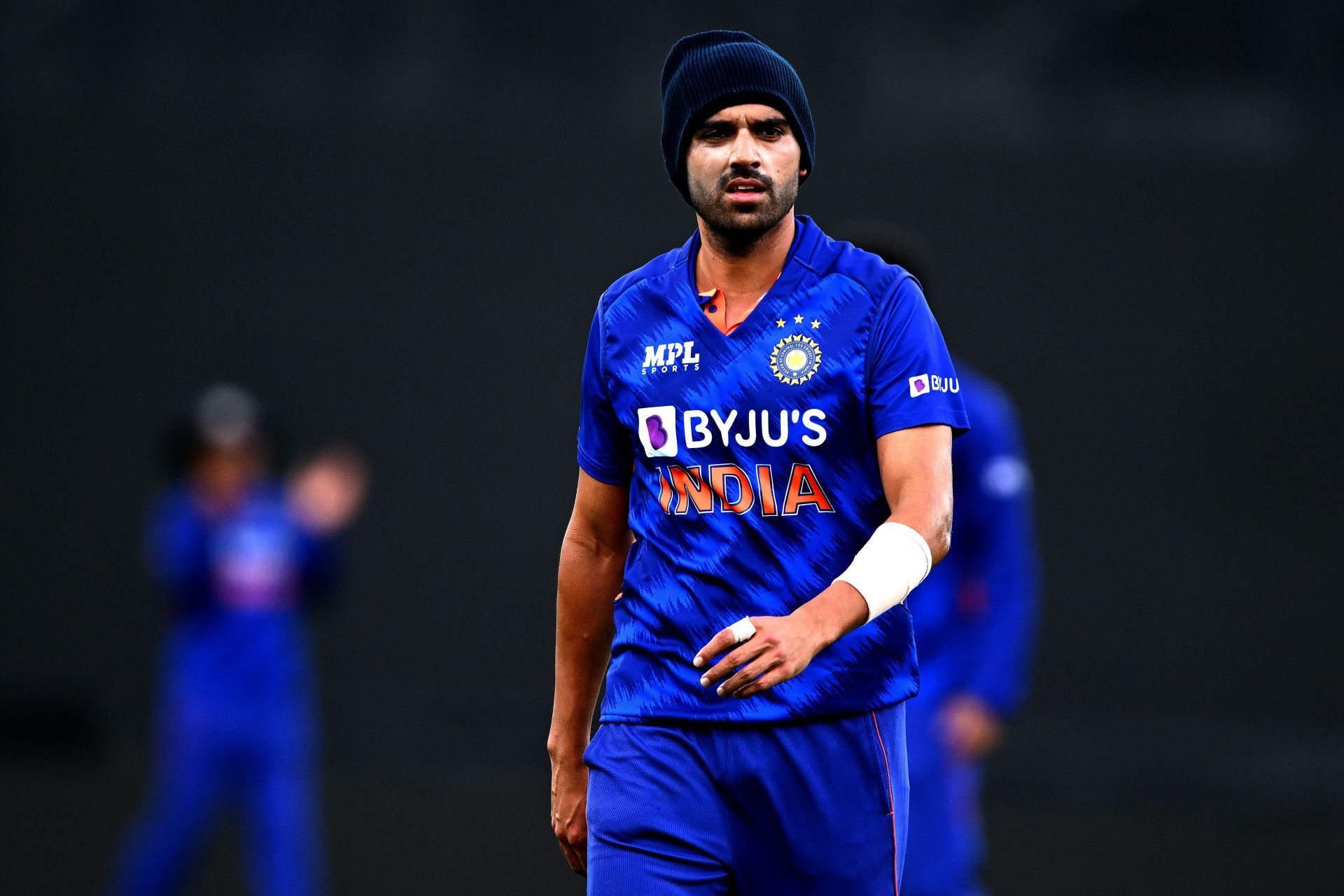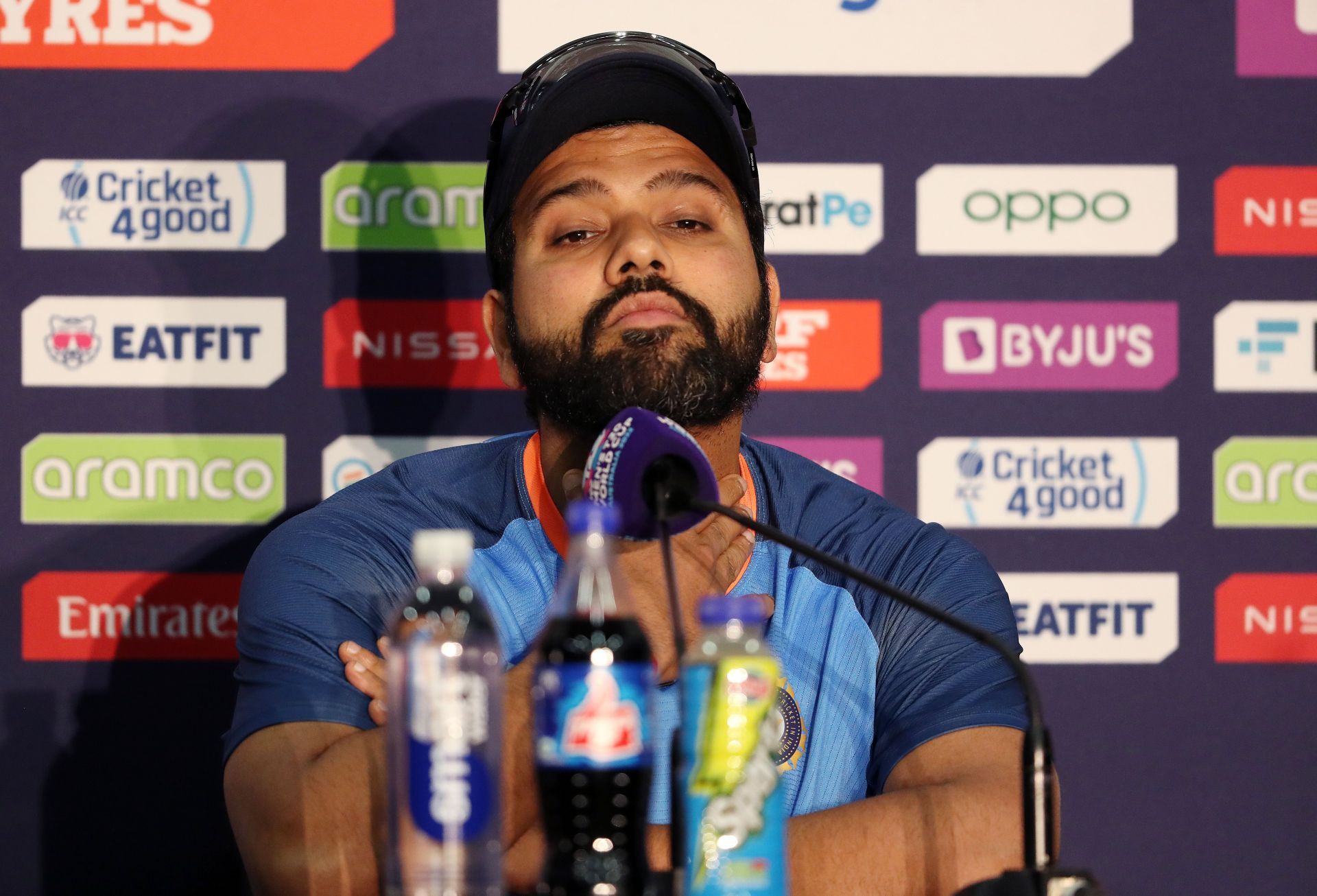
3 reasons why India should field an unchanged playing XI for the 2nd ODI vs Bangladesh
For only the third time over the last decade, Team India lost to Bangladesh in an ODI on Sunday, December 4. The Tigers clinched an improbable one-wicket victory to take a 1-0 lead in the three-match series and set up an enticing clash at the Sher-e-Bangla National Cricket Stadium in Dhaka on Wednesday, December 7.
It would be easy for India to consider a few personnel changes for the second ODI, given their indifferent white-ball form of late. The trouble stems from the top, with big names like Rohit Sharma, Shikhar Dhawan and Virat Kohli having underwhelmed in the format over the last year or so.
However, it is probably in India's best interests to stick to the combination they fielded in the series opener, assuming all of their players stay injury-free.
Here are three reasons why the Men in Blue should select an unchanged playing XI for the second ODI against Bangladesh.
#3 India don't have any reliable backup openers in the squad

India's top order has failed to deliver in the recent past. While Rohit Sharma has only three 30-plus scores in his last 10 ODI innings, Shikhar Dhawan is enduring the worst calendar year of his career. Virat Kohli, meanwhile, rather surprisingly has a string of low scores in the format.
If there's one player whose position in the team is at risk, though, it's Dhawan. The southpaw is 37 years old, and his game doesn't seem to be suited to modern-day white-ball cricket anymore. He hasn't done much of note recently, and it wouldn't be a bad move to switch to younger players in the lead-up to the ODI World Cup on home soil next year.
However, India have no real options on the bench to replace Dhawan. Ishan Kishan averages in the early 30s in ODIs, while handing Rahul Tripathi an opportunity at the top of the order might not be too feasible. Rajat Patidar is probably being looked at as a middle-order backup, so India should retain Dhawan in the playing XI.
#2 The pace trio of Sen, Chahar, and Thakur need to be given an extended run

The first ODI saw India go in with four pacers. While Mohammed Siraj has become an integral part of the 50-over side with his consistent displays, the same can't necessarily be said about Deepak Chahar and Shardul Thakur.
The pair are unique in the sense that they offer batting depth, but both have their limitations as limited-overs bowlers. Chahar and Thakur bowled well in the series opener as well, with the former delivering a probing spell in the powerplay and the latter exerting good control over the middle overs. Although Chahar lost the plot a bit in his final spell, his place in the team should be safe for now.
Kuldeep Sen was expensive on debut despite managing to scalp two wickets in an over. Umran Malik is on the bench, but Sen should be given at least a few games in a row to get himself accustomed to international cricket. India will also want a hit-the-deck enforcer in the middle overs, a profile Sen fits well.
Without any changes needed in the pace department as well, there isn't much reason for India to make alterations to their playing XI for the second ODI.
#1 Consistency should be the main theme for India in the lead-up to the 2023 World Cup

Most importantly, India need to be mindful of maintaining consistency in selection in the lead-up to the World Cup, both with squads and with playing XIs.
One of the biggest criticisms leveled at the team over the last few years has been their bizarre selection policies, with little to no communication from the panel. While that might change once Chetan Sharma and Co. are officially relieved of their duties, it's clear that India can't afford to make the haphazard changes that have become the norm.
Rohit Sharma and the team management need to give young players extended runs in the side, something that could start immediately in the second ODI against Bangladesh.